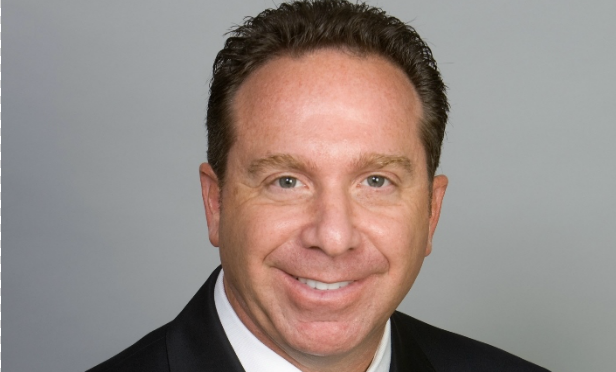
Orange County office rents have been on the rise, and according to Barry Saywitz, president of the Saywitz Co., rents are going to keep going up for the next 12 months, at least. A supply/demand imbalance is the chief cause for these rapidly rising rents, but Saywitz says that office redevelopment projects are helping to boost the numbers. When a dated office building or a flex industrial facility is converted into creative office, the space can earn as much as 300% more in rent. Saywitz says that many owners have chosen to put up the money for renovations to reap the rental rewards. To find out more, we sat down with Saywitz for an exclusive interview.
GlobeSt.com: Why are office rental rates increasing so rapidly in Orange County?
Barry Saywitz: A lot of what is happening in the marketplace is that owners and developers are coming back and either making improvements to renovate older buildings to bring them to current standards, and in exchange for that, they want to capitalize on the higher rents. Or, industrial flex buildings are being renovated into creative office use. That is the new hot ticket. You can take a warehouse space and convert it into creative office space fairly easily, and now you are able to charge office rents rather than manufacturing rents, which is a much higher number. Additionally, the price for creative office space is a premium over regular office space, because it is newer and different. If an owner is getting a $1 per square foot for an older office space and they could get $3 per square foot for the renovated office space, that makes sense. You have a lot of that going on, and I think you will continue to see that on the office side.
GlobeSt.com: Are the rent premiums for renovated office space that extreme?
Saywitz: In Orange County, you have older industrial and flex or mixed-use buildings in the Airport Area. Those building will get you a $1 per square foot in rent, but if you remodel it with new windows, polished floors, updated lighting and turn it into a creative space, the new rents are $3 per square foot or more. It is less dramatic for office redevelopment projects, but there is still an increase. One example that comes to mind is the Von Karman Corporate Center, which is a series of 1970s two-story office buildings that have historically struggled with rent and with occupancy. The property just went through a major renovation, and the ownership raised the rent from what was $2 per square foot full service to $3 per square foot triple net, which puts you closer to $4 per square foot.
GlobeSt.com: Where are you seeing the most redevelopment opportunities?
Saywitz: You see it in pockets in the Spectrum and you see it in the Airport Area, because you have older buildings in those markets that can be converted. That is also where the higher concentration of offices are.
GlobeSt.com: What is leasing activity like on un-renovated properties?
Saywitz: The guy who is unwilling to make some improvements will still rent his property—because the market is tight. However, he isn't going to capitalize like the guy who is willing to put the money up and renovate.
GlobeSt.com: Overall, do you believe that rental rates will rise 5% to 10% again this year?
Saywitz: Yes. I think everyone, in general, believes that rates will continue to go up. There is no short-term indication that rates will flatten or go backwards any time soon. We are telling our clients that if they wait, they will pay more tomorrow than they will pay today. Rents have gone up 5% to 10% in the last 12 months, and so if it goes up another 5% to 10% in the next 12 months, the high-end of the stick is 20%. If you sign a five to 10 year lease, you are paying 20% more for the next five to 10 years. The other thing is that annual increases are higher than they were historically. Historically, you had 2% to 3% annual increases, and now you might have 3.5% or 4% annual increases. That compounds over time.
© Touchpoint Markets, All Rights Reserved. Request academic re-use from www.copyright.com. All other uses, submit a request to [email protected]. For more inforrmation visit Asset & Logo Licensing.






